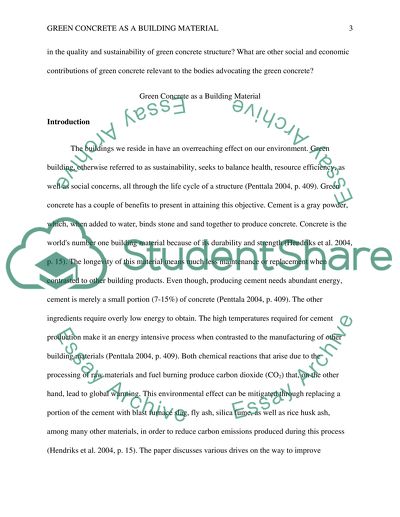Cite this document
(“ENVIRONMENTAL EFFECTS OF GREEN CONCRETE AS A BUILDING MATERIAL Essay”, n.d.)
ENVIRONMENTAL EFFECTS OF GREEN CONCRETE AS A BUILDING MATERIAL Essay. Retrieved from https://studentshare.org/architecture/1659189-environmental-effects-of-green-concrete-as-a-building-material
ENVIRONMENTAL EFFECTS OF GREEN CONCRETE AS A BUILDING MATERIAL Essay. Retrieved from https://studentshare.org/architecture/1659189-environmental-effects-of-green-concrete-as-a-building-material
(ENVIRONMENTAL EFFECTS OF GREEN CONCRETE AS A BUILDING MATERIAL Essay)
ENVIRONMENTAL EFFECTS OF GREEN CONCRETE AS A BUILDING MATERIAL Essay. https://studentshare.org/architecture/1659189-environmental-effects-of-green-concrete-as-a-building-material.
ENVIRONMENTAL EFFECTS OF GREEN CONCRETE AS A BUILDING MATERIAL Essay. https://studentshare.org/architecture/1659189-environmental-effects-of-green-concrete-as-a-building-material.
“ENVIRONMENTAL EFFECTS OF GREEN CONCRETE AS A BUILDING MATERIAL Essay”, n.d. https://studentshare.org/architecture/1659189-environmental-effects-of-green-concrete-as-a-building-material.


